Not often is a publisher’s relocation celebrated in verse. When Enitharmon Press, one of the foremost English publishers of poetry and artists’ books, moved from Kentish Town to their new site in Bloomsbury late last year, Alan Brownjohn wrote a high-spirited poem for the occasion (modestly advising that it was ‘only to be heard after two glasses of champagne’):
The adjacent British Museum’s
Sheddin’ tears of sober glee
At gettin’ a brand-new neighbour
Makin’ lit’ry his-tor-y…
So –
Join in the celebration
Of Enitharmon’s new location –
– Jack – Queen – King – Ace –
Enitharmon’s here – in Bury Place!
As well as being in the shadow of the British Museum, Enitharmon’s new home is two doors down from the London Review Bookshop, and next door to the shop which sells the largest range of rubber stamps and scrapbooks in England. The neighbourly conjunction of art history, independent book-selling and hobbyist enthusiasm is perhaps fortuitous, since flourishing as a publisher of poetry and livres d’artiste demands a combination of all three things.
Downstairs at Enitharmon’s new home is the cluttered office of an independent publisher, while upstairs is a combined bookshop and gallery showing original prints and de luxe editions from some very notable artists. The most recent titles in the Enitharmon Editions series of artists’ books feature work by Peter Blake, Jim Dine, Gilbert and George, David Hockney and Paula Rego.
Enitharmon was founded by Alan Clodd in 1967, with the name taken from William Blake’s prophetic books. Early titles included works by Kathleen Raine, Christopher Logue and Harold Pinter. In retrospect, the lustrum 1965–70 looks like a golden age for the publishing of poetry and artists’ books in England, with the near-simultaneous emergence of Anvil Press, Cape Goliard Press, Carcanet Press, Circle Press, Fulcrum Press, Menard Press, Tetrad Press and Trigram Press. Most of these ventures have honourably bowed out, but Enitharmon is flourishing, and has managed to adapt its publishing profile in the intervening years.
The poetry books Enitharmon issued have always been attractively made. ‘I wanted my books to be well produced and pleasant to read and to handle’, Clodd wrote in his introduction to the checklist of publications edited by Stephen Halliwell, Alan Clodd and the Enitharmon Press (1998). After Enitharmon was taken on by the present director, Stephen Stuart-Smith, in 1987, it began to commission collaborations between writers and artists and to issue artists’ books on a different order of production values altogether, eventually setting up a separate imprint for the livres d’artiste, Enitharmon Editions.
With Enitharmon Editions we are partly in the tradition of the private press, which has its English roots in the arts and crafts movement that gave rise to William Morris’s Kelmscott Press. Private press enthusiasts often show a distinctly fetishistic attachment to the artisanal values of fine printing and to rare, high-grade materials. Enitharmon Editions titles are a treat for those of us who get excited by such things.
Some of the loveliest books the press has issued are Kali (1999) by Jim Dine, which features 17 new etchings, Shakespeare’s Ovid (1995), with poems by Ted Hughes and drawings by Christopher Le Brun, and The Unknown Masterpiece (1996), an edition of Balzac’s story of which each copy is bound in a unique fragment of an oil painting by Callum Innes, his abandoned canvases being used for the binding material. Here, as Marco Livingstone explains in a foreword, ‘The conventions of the illustrated book are literally turned inside out, with the relationship between art and text so thoroughly redefined that the book’s visual dimension exists wholly on the outside’. The sensuous experience of the book, so important in book-art, is also considerably enhanced by the strong smell of Innes’s oils.
Many Enitharmon Editions books have text designed and printed by Sebastian Carter of the Rampant Lions Press, one of the great modern letterpress printers; de luxe editions bound and slipcased by The Fine Bindery, with fantastically heavy paper for etchings and lithographs; additional texts and images tipped in or laid into wallets in the slipcase; specially numbered hors commerce copies… The delicious details bring to mind Flann O’Brien’s parody of the salivating catalogue entries of the fine-printing world: ‘Hand-monkeyed oklamon paper, indigo boards in interpulped squirrel toe, not to mention twelve-point Campile Perpetua cast specially for the occasion.’
The most recent title from Enitharmon Editions was Under Milk Wood, published in December, with Peter Blake’s images inspired by his 30-year engagement with Dylan Thomas’s radio play. Following on from Blake’s books Paris Escapades (2011) and Venice Fantasies (2010), Under Milk Wood is perhaps Enitharmon’s most ambitious production yet. It moves into the book-art territory where the word ‘book’ can describe not just a collection of pages in bound folio format, but a wide range of objects and artefacts gathered together in a case which is a sculptural object in its own right.
The book includes 110 of Blake’s watercolours, pencil drawings and collages, and appears simultaneously in three formats: in a very reasonably priced paperback; in a de luxe edition, cloth-bound and featuring a signed original print; and in a fine-binding edition of 10 unique, individually designed copies bound in leather, each of which incorporates an antique clock into the cover, with its hands set to indicate the number of the copy.
Forthcoming titles include Stone Soup, a book with text, watercolours and drawings by Paula Rego, and Letter to W.H. Auden, a collaboration between writer Michael Bracewell and artist Lucy McKenzie (whose work was included in the recent exhibition ‘Painting Now’ at Tate Britain). And to mark the opening of the gallery space in Bloomsbury, the press has issued a portfolio of six additional signed Blake prints from the Under Milk Wood project (‘on Archival Da Vinci soft textured 315gsm fine art paper, with stochastic pigment ink’) which can currently be seen on display in Bury Place. Anyone who has a spare hour in central London is well advised to make a visit: ‘– Jack – Queen – King – Ace – / Enitharmon’s here – in Bury Place!’
Unlimited access from just $16 every 3 months
Subscribe to get unlimited and exclusive access to the top art stories, interviews and exhibition reviews.

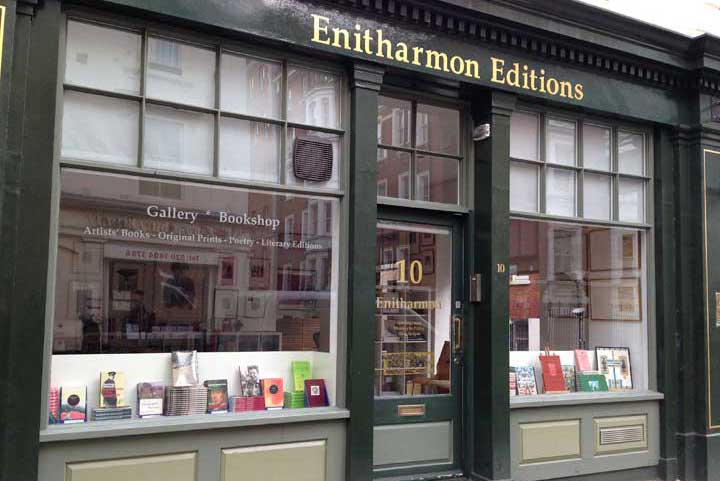
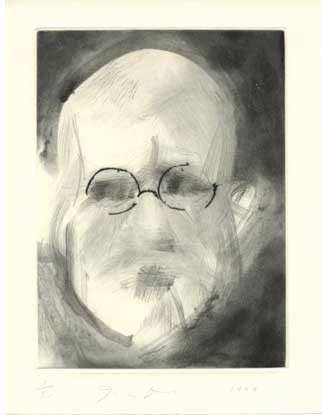
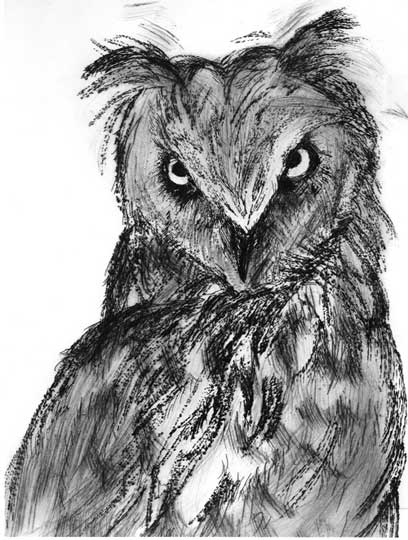
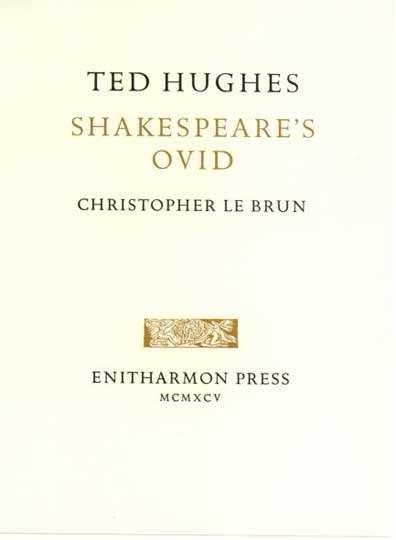
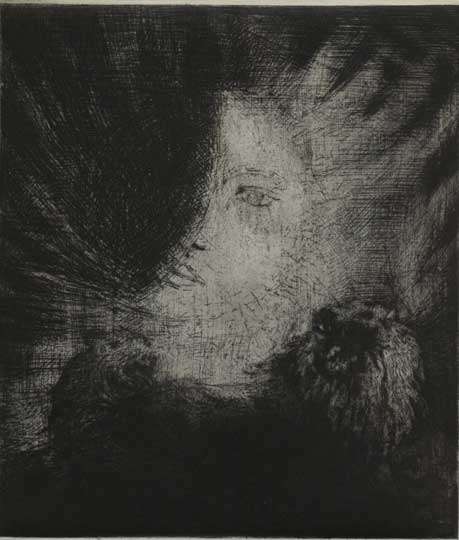
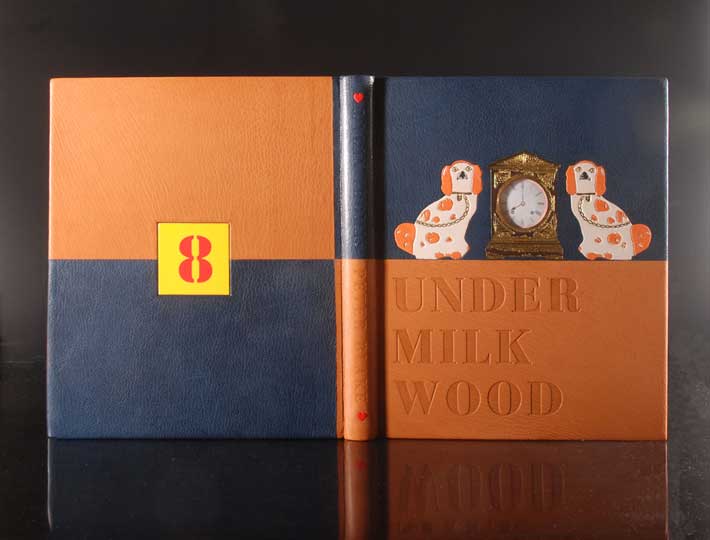
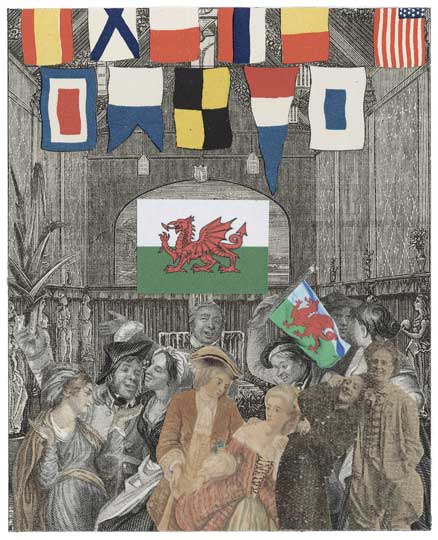
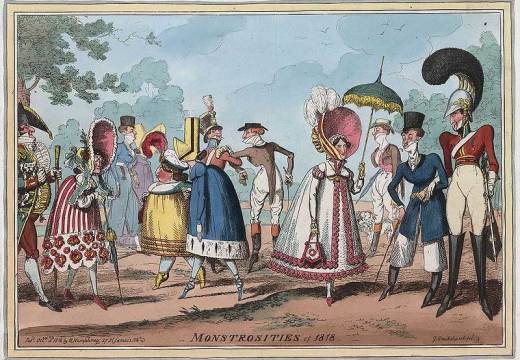











![Masterpiece [Re]discovery 2022. Photo: Ben Fisher Photography, courtesy of Masterpiece London](http://www.apollo-magazine.com/wp-content/uploads/2022/07/MPL2022_4263.jpg)
It’s time for the government of London to return to its rightful home